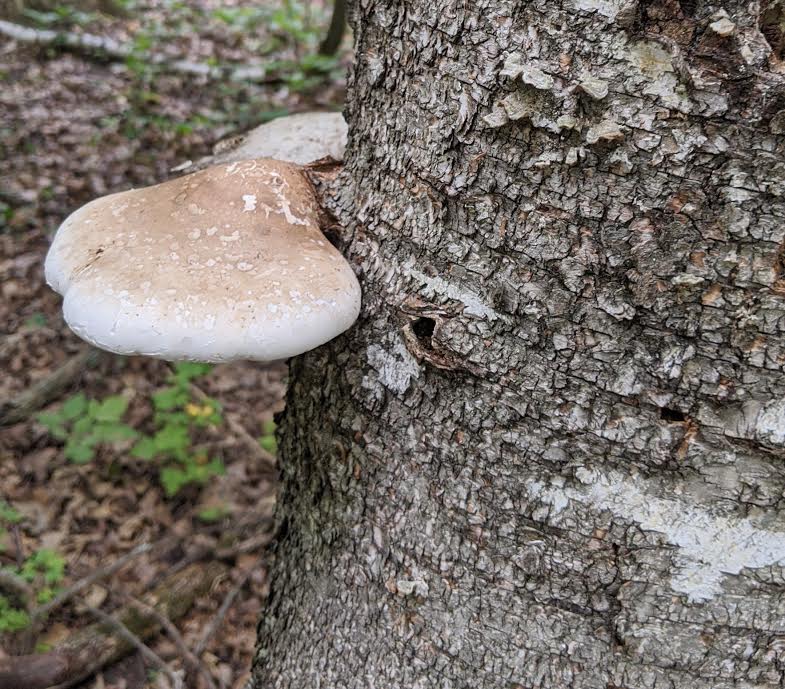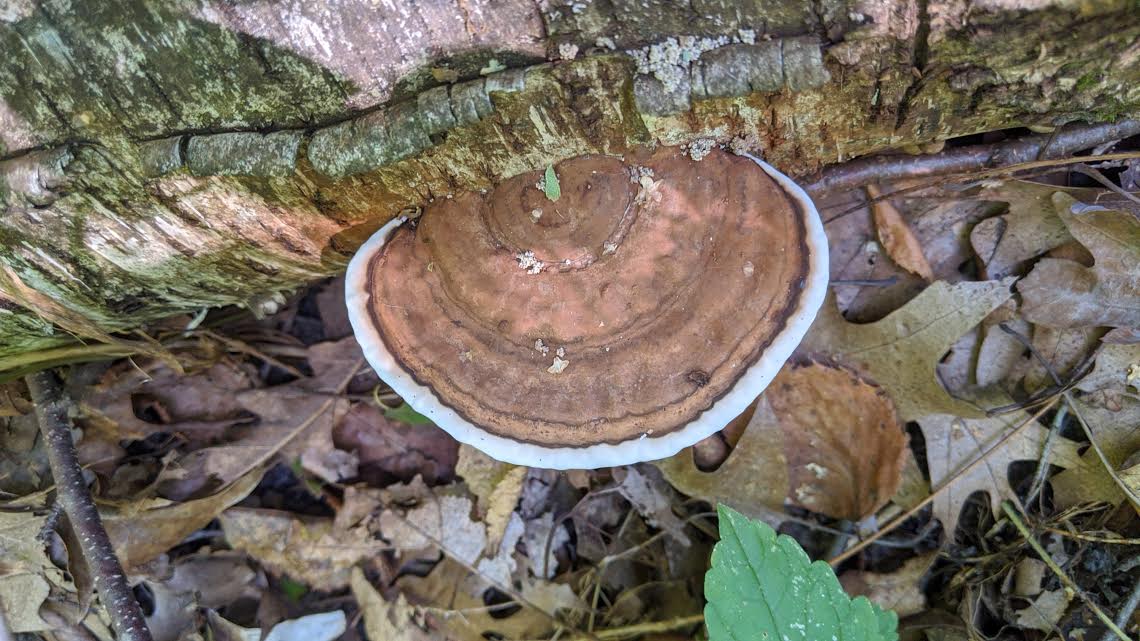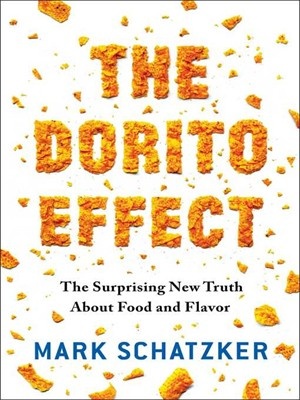The Totally Unscientific (Or Is It?) Reason I Think Birch Bracket and Artist's Conk Are Medicinal9/17/2020
I totally accidentally got into mushroom foraging this summer, after I happened upon some totally gorgeous yellow mushrooms growing in the middle of a bike trail in Cedar Rapids, Iowa and decided to find out what they were.
Golden oysters quickly became a staple of my diet, and my favorite mushroom of all time. Someone told me they say them for $8 a pint at the farmer's market... and I could get as many as I wanted for free, just by riding my bike.
My first golden oysters. Image: @TheHappyTalent on Instagram.
As the summer progressed, my mountain biking took me to new places, where I discovered new kinds of edible and medicinal mushrooms. Among the weirder ones are birch bracket and artist's conk, both polypores that are reasonably easy to identify. Birch bracket grows almost exclusively on birch trees; it's white to brown-ish in color, with a short, fat stalk; its smooth upper surface folds over at the outside edges, leaving a rounded rim around the flattened lower surface; they have a white spore print; and they're polypores, meaning they have no gills, but instead have small white tubes that are packed together at a density of 3 or 4 per mm. And, importantly, my Google search revealed no poisonous look-alikes. Artist's conk, meanwhile, is common on dead and dying hardwood trees. It's woody and shelf-like, with a definitive test for identification: if you scrape the white underside, it will turn dark brown. (Some artists use this mushroom as a canvas, hence the name.)
Image: The Happy Talent on Facebook
Beyond easy to identify, these mushrooms both have lofty purported health benefits. I'm always extremely skeptical of such claims, because there is a lot of pseudoscience out there, and I prefer data and evidence to superstition. I actually did find peer review articles supporting some of the claims — in particular, that Piptoporus betulinus (birch bracket) is cytotoxic and anti-proliferative against cancer cells; anti-parasitic; and potentially anti-bacterial, anti-viral, anti-inflammatory and immune-boosting. Artist's conk has been less well-studied. There is apparently some scientific research, but most of the reported benefits are based in folk medicine. Which, again — is something worth being very skeptical of, for the sake of your health, your wallet, and even the environment. (For example, people are spending tons of money on wild sage; there is literally no scientific evidence that burning sage does anything, but the demand for this bullshit pseudoscientific "medicine" is driving major environmental problems throughout California and the US — so don't be a selfish moron. Stop buying wild sage products.) The main reported benefits are anti-tumor properties and reduced blood glucose, cholesterol, and triglyceride levels. Whether or not these claims are true, I thought it would be interesting to try these mushrooms. I mean, I'd found them growing in the wild — I may as well, right? The thing about both of these mushrooms is that, while "edible" and "medicinal," they're not exactly "palatable." Artist's conk is super woody, and birch bracket is super bitter. You can eat them — I fried up some thinly-sliced, very young ones, and it tasted like a slightly bitter version of any fried thing. But for the most part, if you want to consume these polypores, you need to do it as a tea or powder. I looked up a few "tea recipes" online, and basically they all said the same thing:
Both types of tea were super bitter the first time I drank them... yet every time I drink birch bracket or artist's conk tea, I find it more enjoyable. This is the totally unscientific — yet also very scientific — reason I believe these mushrooms have some positive health benefit. A few summers ago, I read The Dorito Effect: The Surprising New Truth About Food and Flavor, by Mark Schatzker. It is an excellent and informative read that I highly recommend to this day. In it, I learned about some interesting research on acquired taste — some of which I shared in Why Connoisseurs Love Itchy, Burning Throats - The Science of Flavor:
(The Dorito Effect also explained how and why food today is less flavorful and less nutritious than it used to be — and what you can do about it.) If I'm liking the tea more each time I drink it, maybe it's because I'm learning a flavor preference based on the nutritional properties of the tea. Or maybe it's just the mere exposure effect. Either way, I've gone from kind of forcing myself to finish the tea, to actually liking it, and that means something. Probably. *** Want to know more? Check out:
2 Comments
Zane Kenney
9/26/2020 02:25:07 pm
Maybe you had/have some kind of deficiency in your body that the mushrooms are correcting.
Reply
Leave a Reply. |
About the Author

Eva is a content specialist with a passion for play, travel... and a little bit of girl power. Read more >
Want to support The Happy Talent? CLICK HERE!
Or Find me on Patreon!
What's Popular on The Happy Talent:
Trending in Dating and Relationships:
What's Popular in Science: Playfulness and Leisure Skills:
Popular in Psychology and Social Skills:
Categories
All
|





























 RSS Feed
RSS Feed